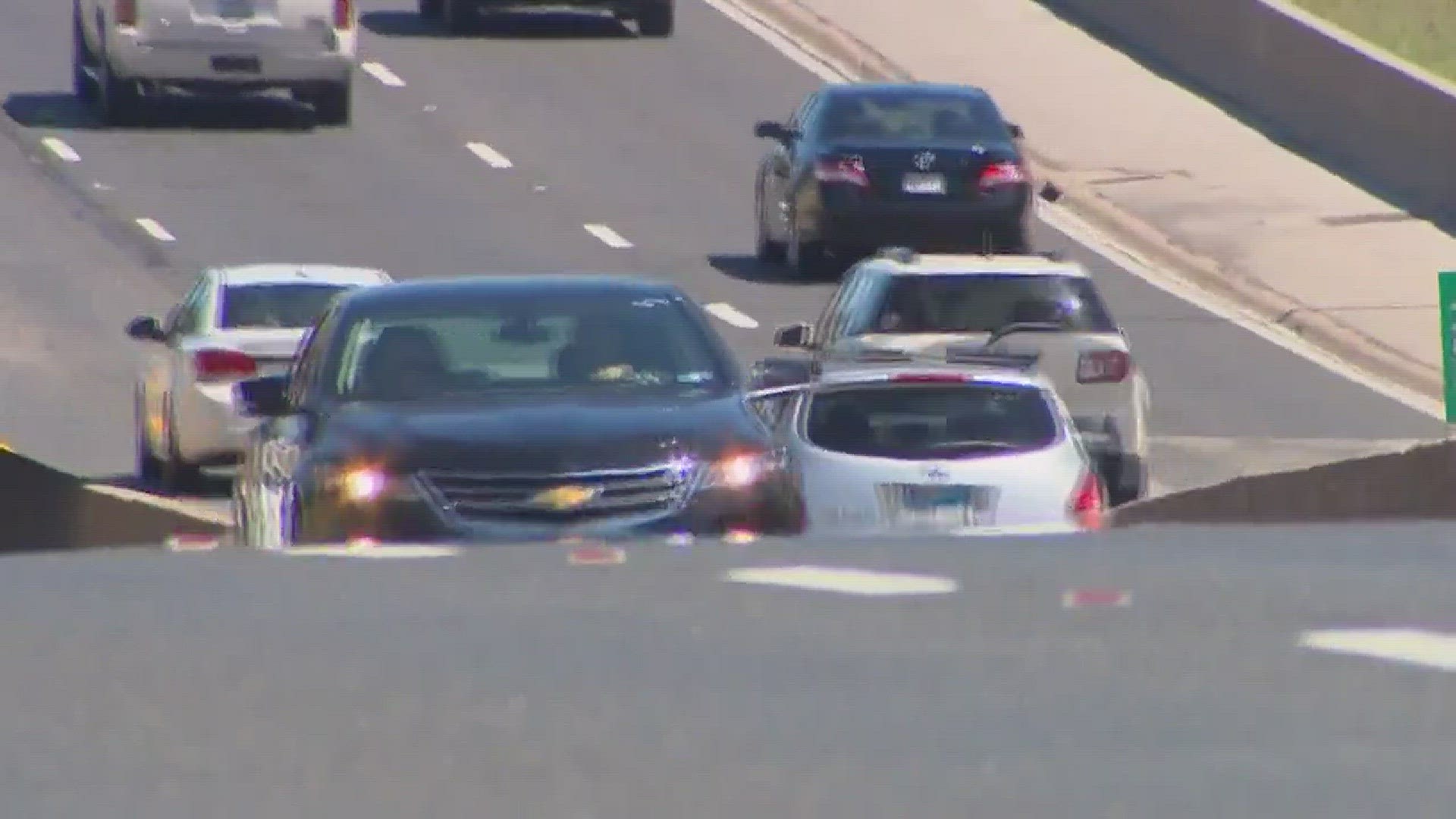Drivers have been paying to use certain roads in the Dallas-Fort Worth area since the 1950s, but today the North Texas Tollway Authority manages a series of toll roads drivers used in 2016 -- to the tune of $664 million.
“In most cases in our area, toll roads were built because there was no other funding mechanism,” said Michael Rey with the NTTA. “You look at the Dallas North Tollway and President George Bush Turnpike, these were built by local municipalities that decided they needed to get a road on the ground now.”
Indeed the invoices drivers pay each month help fund roads built with bonds. NTTA does not receive tax dollars but sold bonds, taking on billions of dollars in structured debt, to help keep traffic moving. In 2016, 55 percent of what drivers paid to use the roads, or $369.7 million, went towards repaying nearly $10 billion in outstanding debt.
The Sam Rayburn Tollway was leased for 52 years from the Texas Department of Transportation in 2008 for $3.2 billion. That debt is not expected to be paid until 2060.
But while drivers are paying for roads that have already been built, they are also paying for future roads.
“When we have these giant companies that move to North Texas, these people need a way to get to work and get back home and in many cases, we will lead the way,” said Rey.
NTTA plans to spend $1 billion on several projects planned into the next decade. Approximately 19 percent ($125.6 million) of what customers paid in tolls last year is allocated to the Capital Investment Fund Deposit. Some of the planned projects include widening the Dallas North Tollway and a whole new tolled section of Highway 360 south of Interstate 20 expected to be completed next year to serve drivers from South Arlington and Mansfield.
It also takes money to operate the toll system. Operating costs accounted for 21 percent ($142.6 million) of 2016 revenues, leaving the final five percent of revenue for road maintenance.

